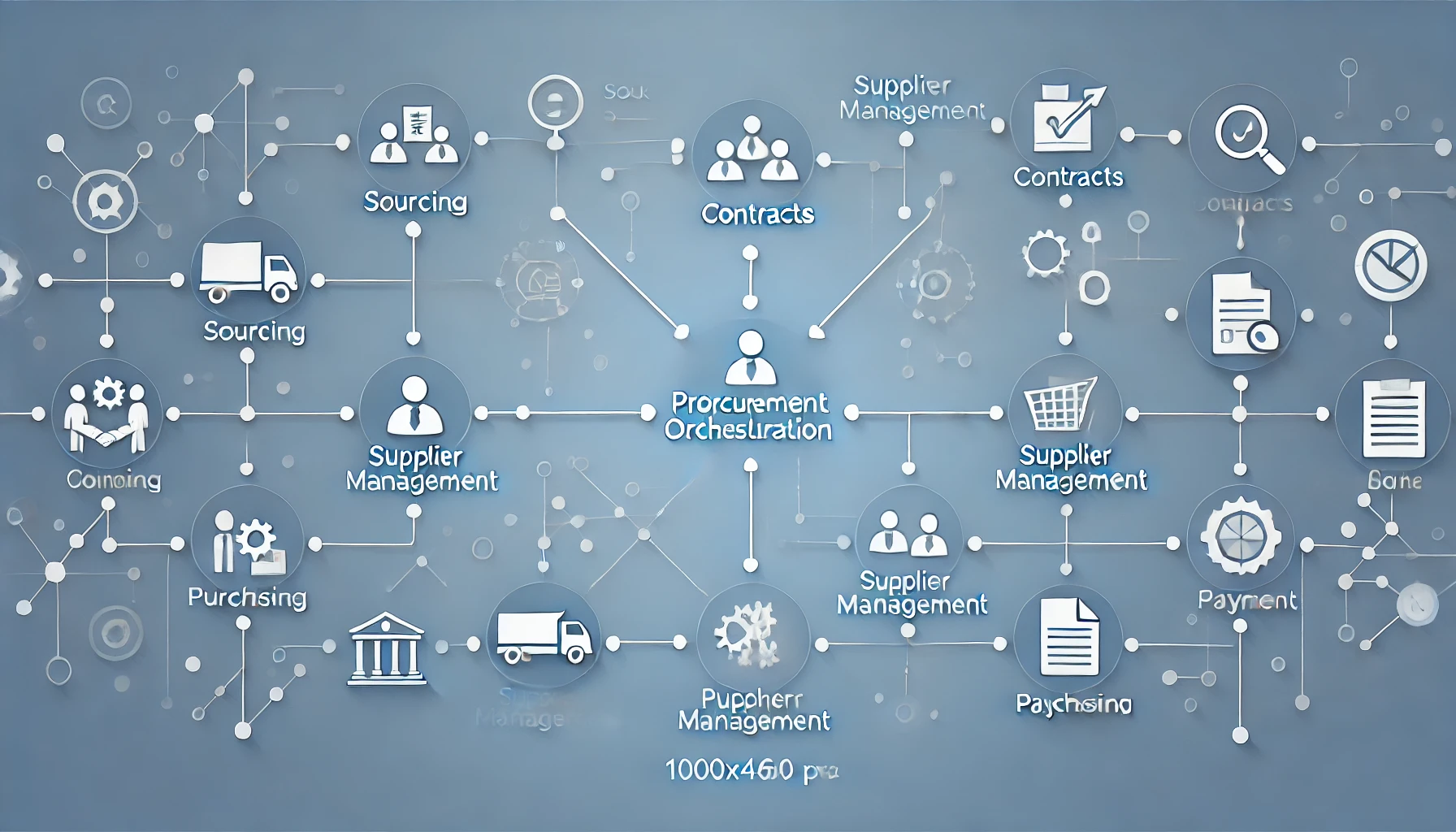Infrastructure is the basic physical and organisational structures needed for the operation of a society like industries, buildings, roads, bridges, houses, health services, governance and so on. It is the enterprise or the products, services and facilities necessary for an economy to function. Similarly, this is also the set of interconnected structural elements that provide framework supporting an entire structure of development. Meaning, it is the means of achieving an objective or set of objectives. Through this important area a country could be judged as well as individual’s developments/status.
In a democratic system, Infrastructure development is one of the bases of assessing the achievements of leaders and it is the foundation of good democratic governance. Agitation for infrastructural development is higher in democratic government than in military dictatorship or compared to developed countries. This is because the resources for provision of infrastructure are always scarce. Ethnic-interest agitation and lobbying are common things in democratic governance in the developing countries.
In African countries and specifically Nigeria, the Infrastructural report shown that Nigeria’s infrastructure is nothing to write about. The housing situation is in a sorry state both quantitatively and qualitatively. Most infrastructures are now decayed and need repair, rehabilitation or replacement.
This numerous challenges have not been tackled as they should. In the same way Nigeria’s lack of basic infrastructure to facilitate sustainable development and trade both regionally and globally and to ensure competitiveness is already known by all. In particular, for the large number of local governments, especially the rural ones, the dwellers produce have no access to markets and are not stored, hampered by weak transport and energy infrastructure.
The African Development Bank (ADB) has made infrastructure development a cornerstone in its development agenda with regional member countries. The Bank recognizes that lack of adequate social and economic infrastructure is one of the key constraints to short and medium term poverty reduction in Africa, and has thus been a major force in private and public sector infrastructure development through the provision of financial and technical resources. At the same time, the Bank recognises the increasing importance of governance for infrastructure development and has made good governance an imperative in its lending and non-lending operations.
There have been considerable changes in the delivery of national infrastructure services across Africa. While Nigeria has improved its telecommunication infrastructural situation, it has not improved in other areas like health, education, airport infrastructures, electricity, housing and transportation. However, performance in terms of infrastructure service delivery and quality continue to vary across countries. Infrastructure is the medium of production of goods and services and forms the national asset of any nation.
Now ‘Supply chain‘ is the term used to describe the interconnected hierarchy of supply contracts necessary to procure a built asset (infrastructure). Managing the supply chain involves understanding the breakdown and traceability of products and services, organisations, logistics, people, activities, information and resources that transform raw materials into a finished product that is fit for its purpose. To add to the complexity, different procurement systems place elements of supply chain management with varying disciplines and organisations.
On a ‘traditional’ building project, design consultants are first tier suppliers, working for the client, and the contractor has a supply chain of sub-contractors and specialist suppliers. On PFI or design and build projects however, there may be just one first tier supplier (sometimes the contractor) and design consultants will work for them as part of their supply chain.
On large or complex projects, responsibility and performance generally cascades down the supply chain to a plethora of suppliers sometimes unknown to management at the top of the chain.
Narrowing down our discussion to construction industry, one of the problems in this industry is that the first and second tier of the supply chain sign up to fairly onerous agreements but as the chain develops, so the contractual liabilities decrease until suppliers at the end of the chain are often not locked in at all.
However, the key to supply chain management is to provide a strategy that aligns it with the project programme. This starts at the design stage, scoping the work into packages. Early evaluation based on feedback from the supply chain can produce enormous cost benefits and value. Capacity and production capability in a market controlled by supply and demand are particularly significant if programme bottlenecks are to be avoided.
In recent years larger companies offering continuity in construction have taken an increasing interest in establishing relationships beyond direct, first tier suppliers. Framework contracts and partnering agreements have pioneered this approach, encouraging the involvement of selected suppliers at relatively early stages of projects while offering continuity of work. This has led to greater collaboration between lead designers and product designers to the advantage of all parties.
Although, integrated supply team is a common term used by the government to describe the integration of the complete supply chain involved in the delivery of a project. This may include the main contractor, designers, sub-contractors, suppliers, facilities mangers and so on. The integrated supply team is particularly relevant on public projects as the recommended procurement routes proposed by the government are private finance initiative (PFI) or Public Private Partnership (PPP), prime contracting and design and build. Under these routes, the entire supply team are appointed after the project brief has been prepared, often under just one contract rather than separate contracts with each individual company.
Interestingly, Nigeria Government need to focus more on this critical area, so as to develop a realistic and sustainable infrastructural development, similarly engage more Supply Chain Management professionals in designing a framework for and within the construction industry.




